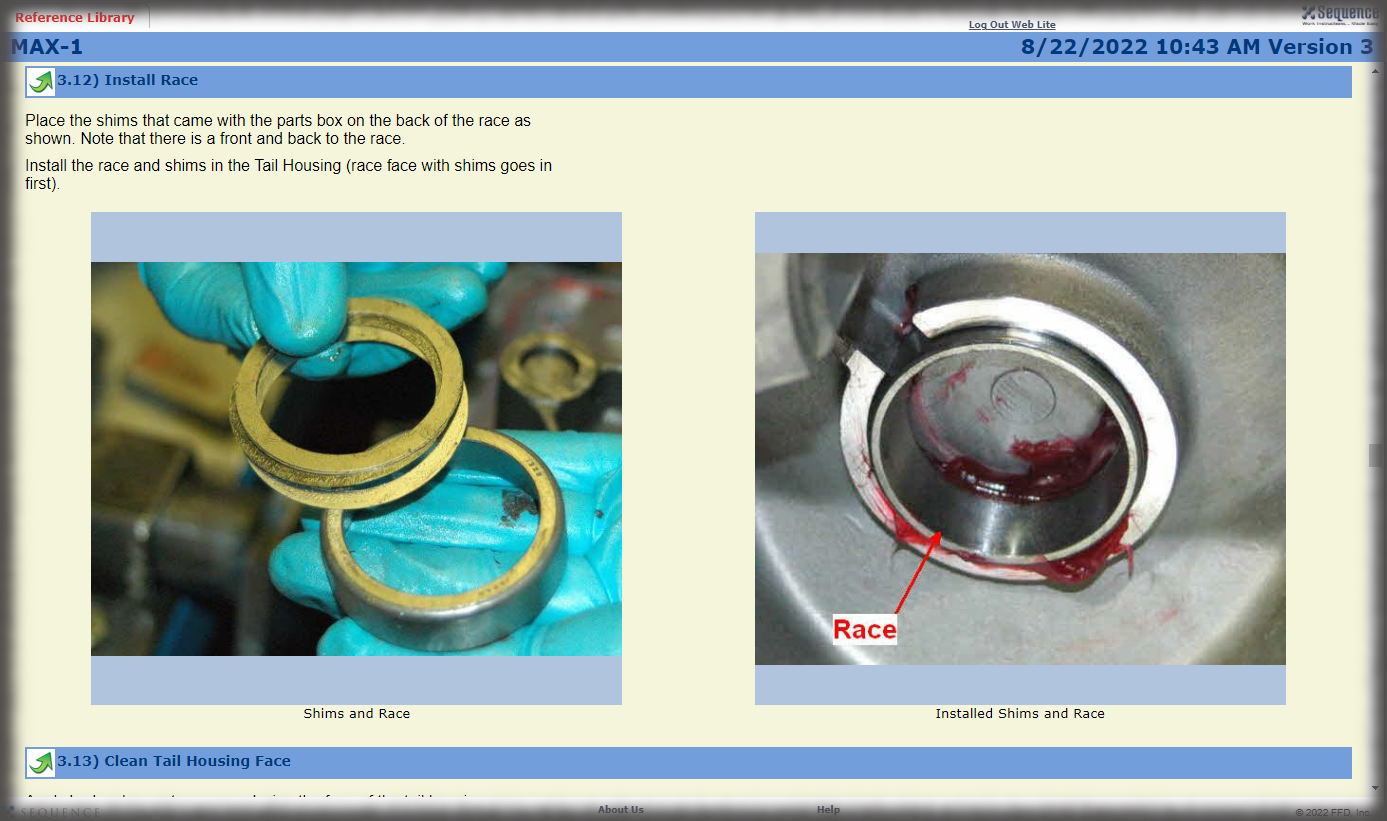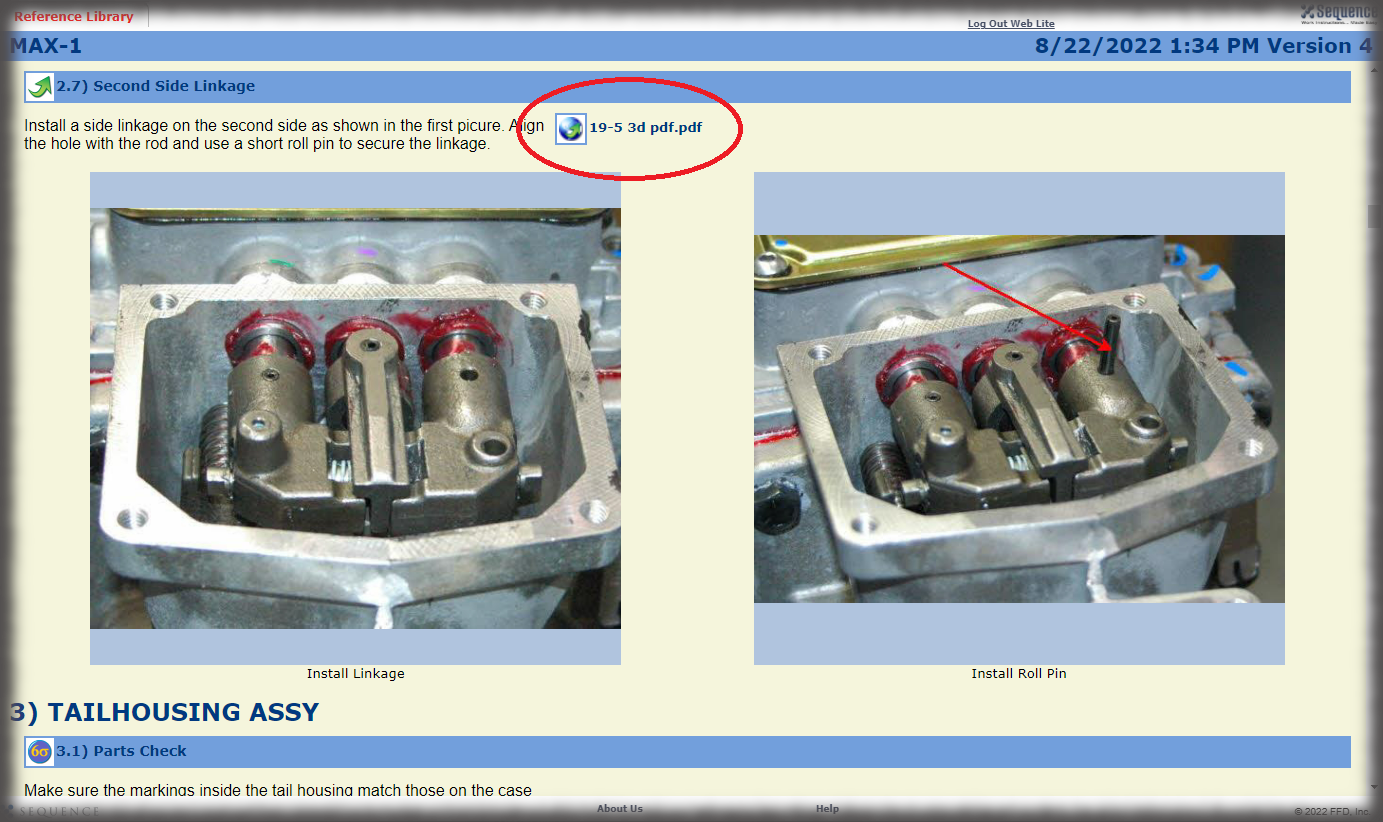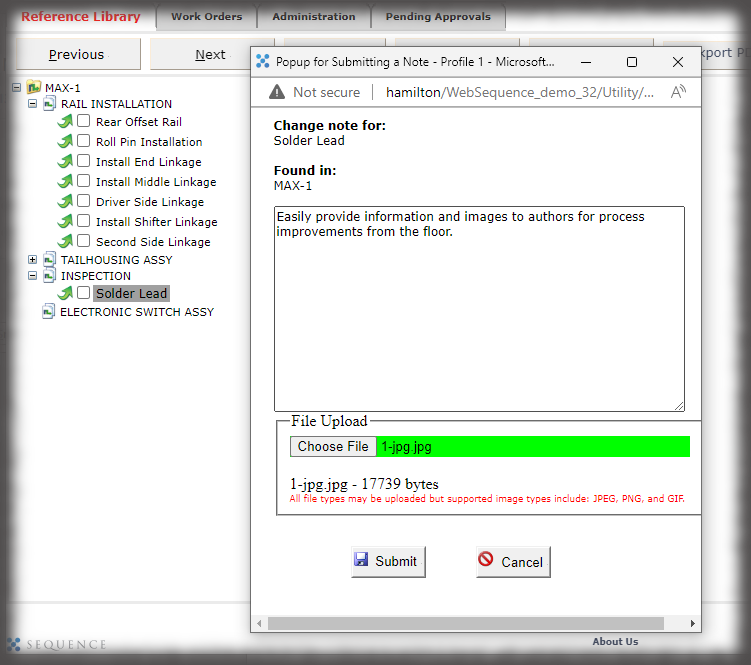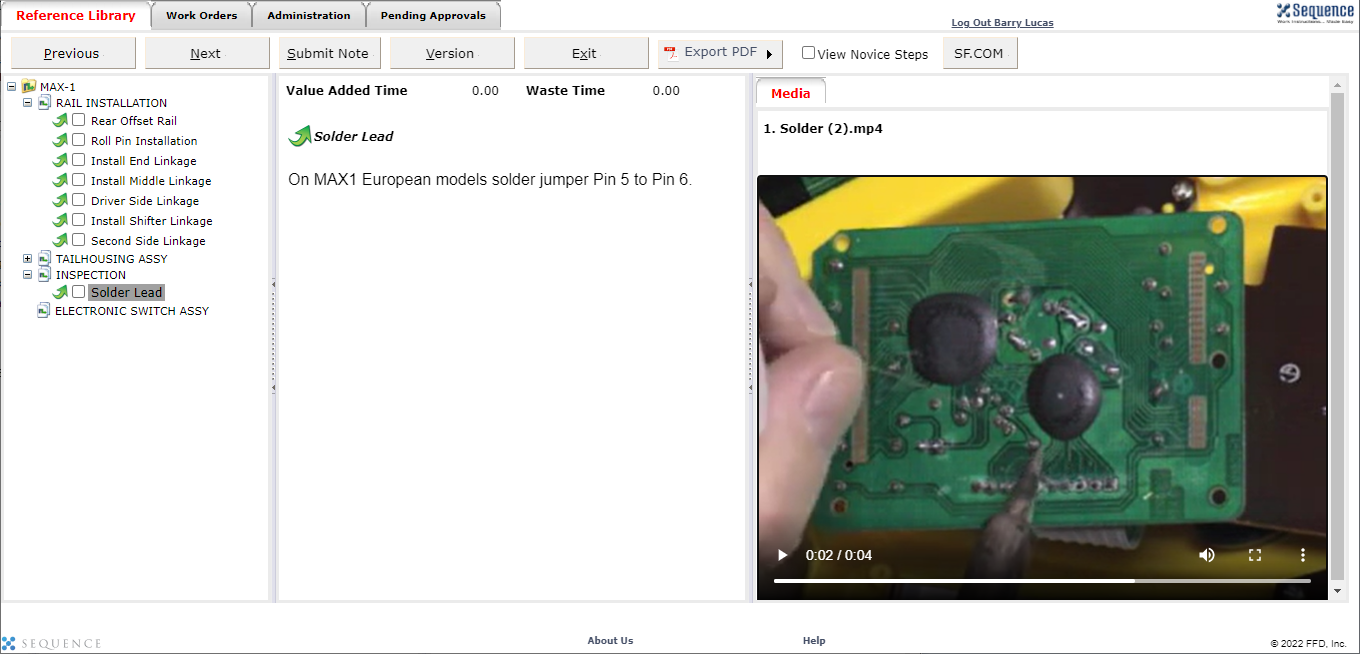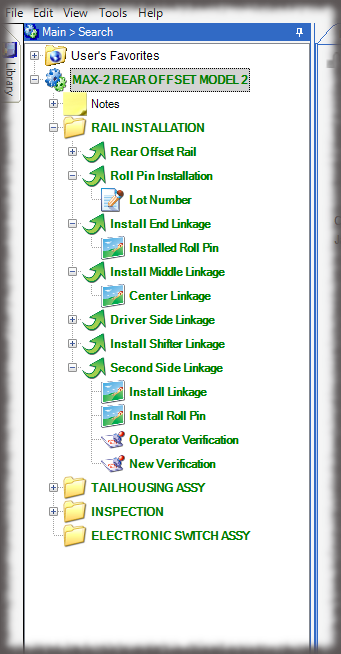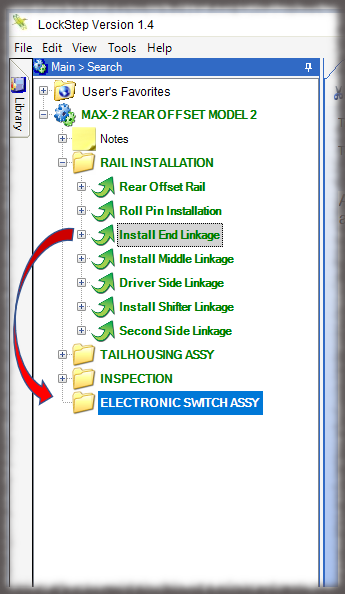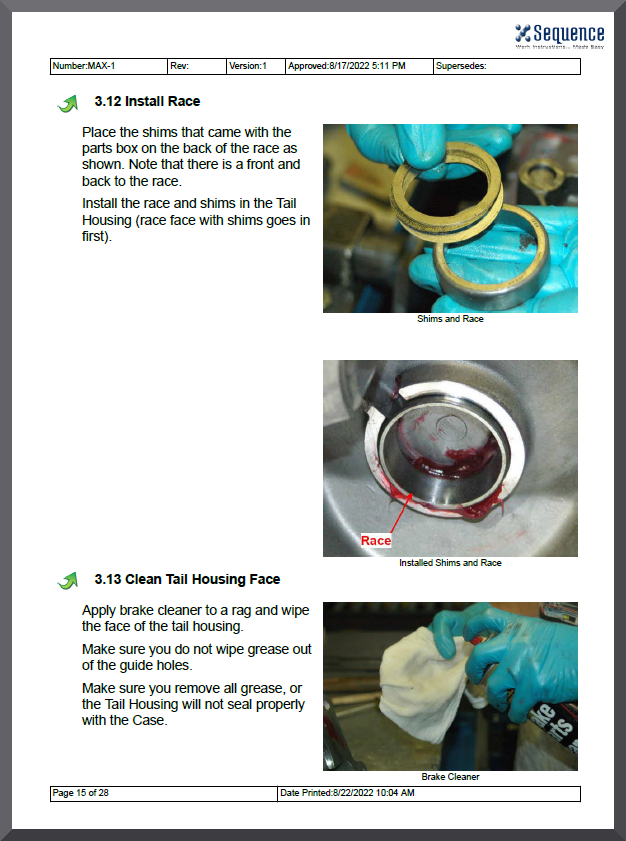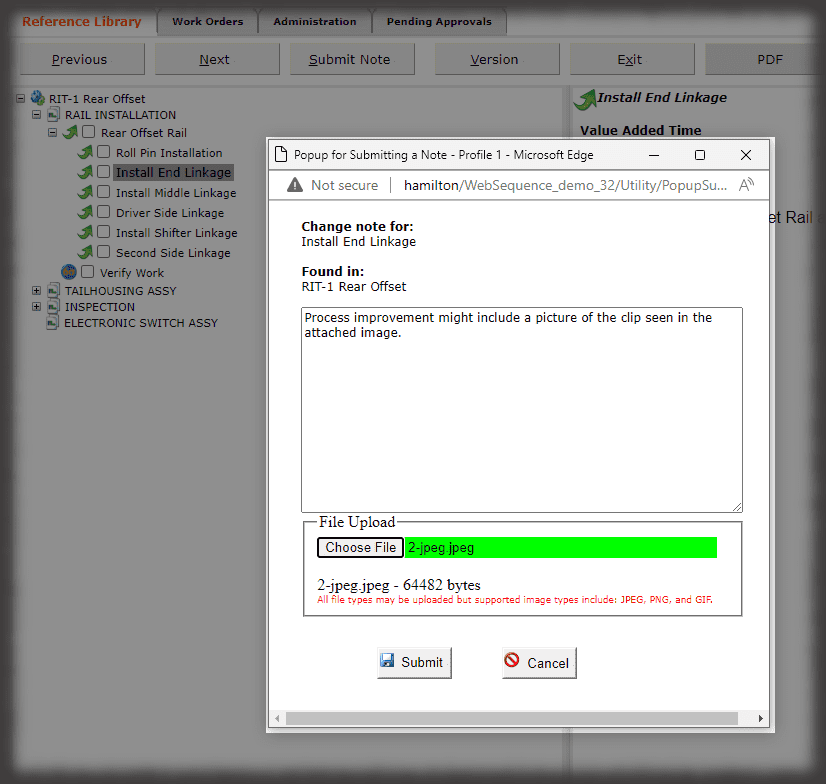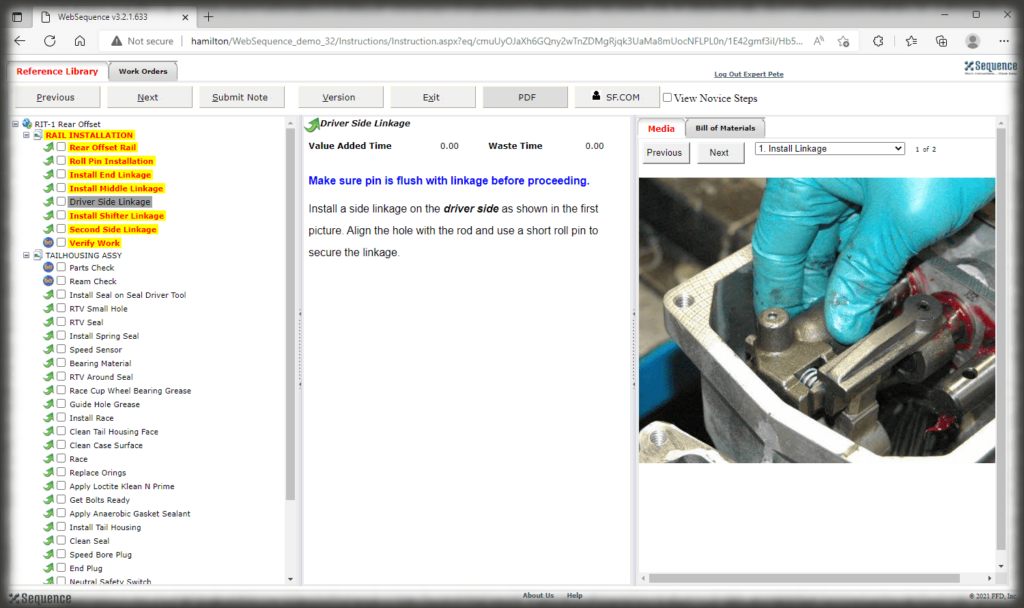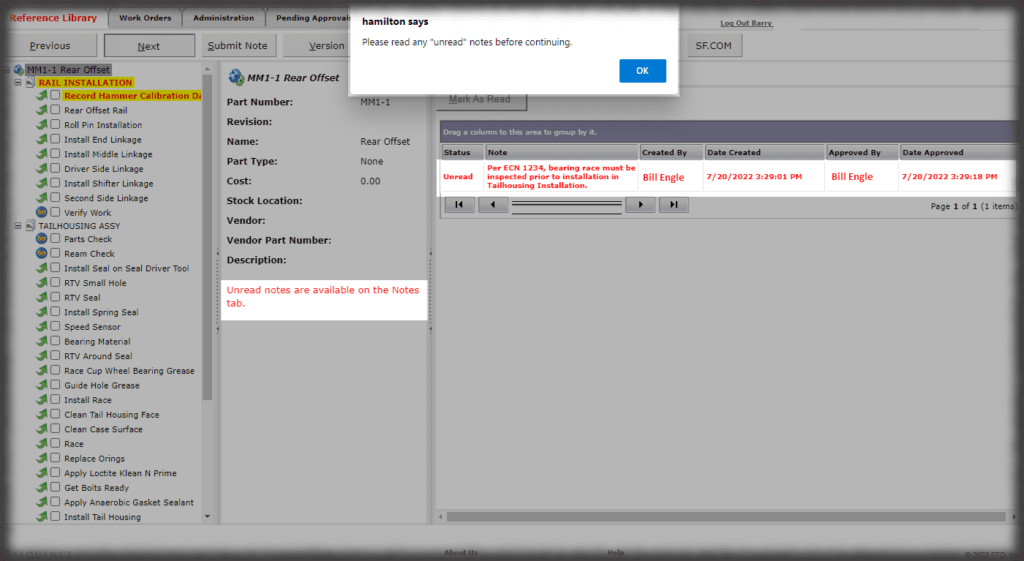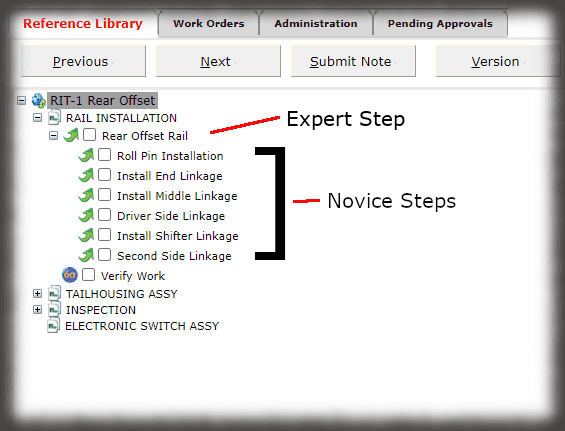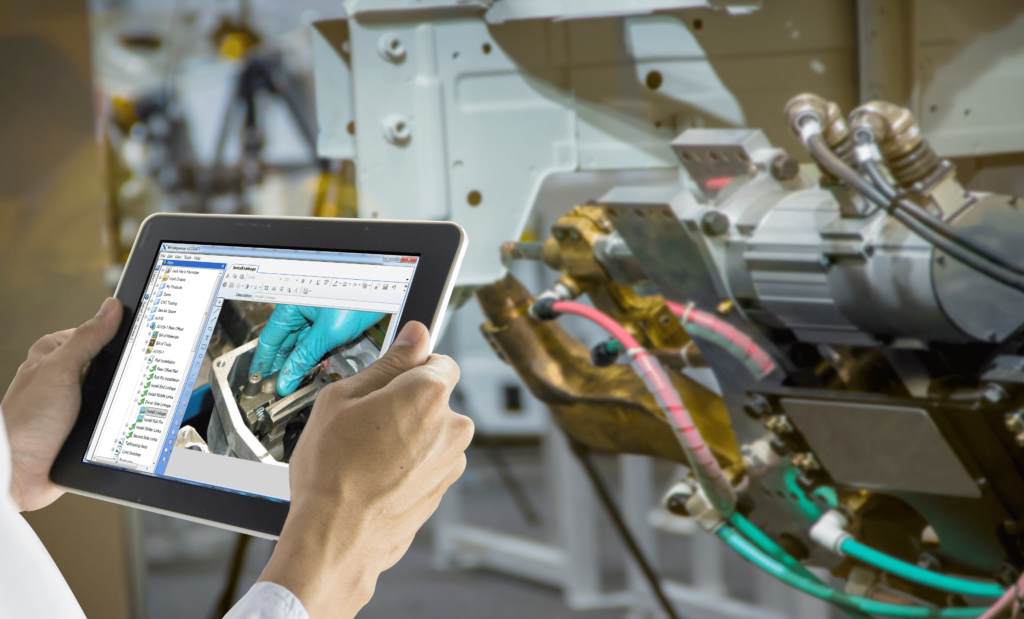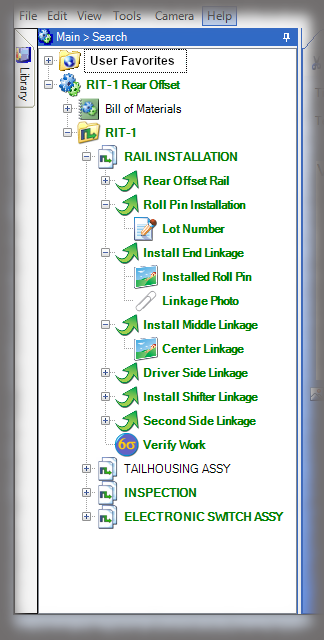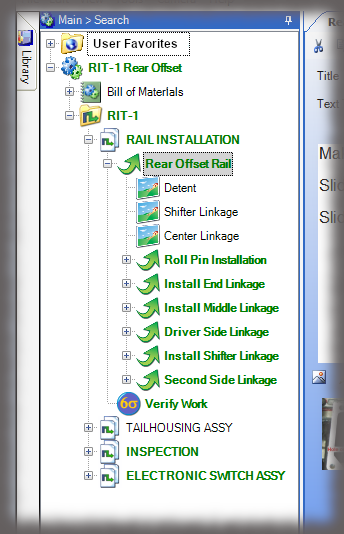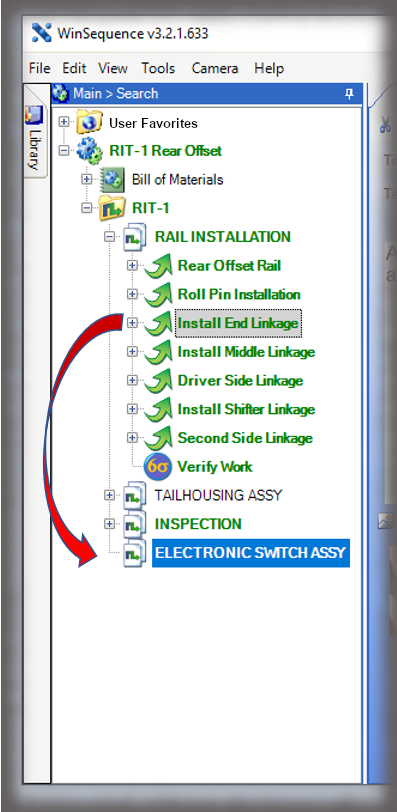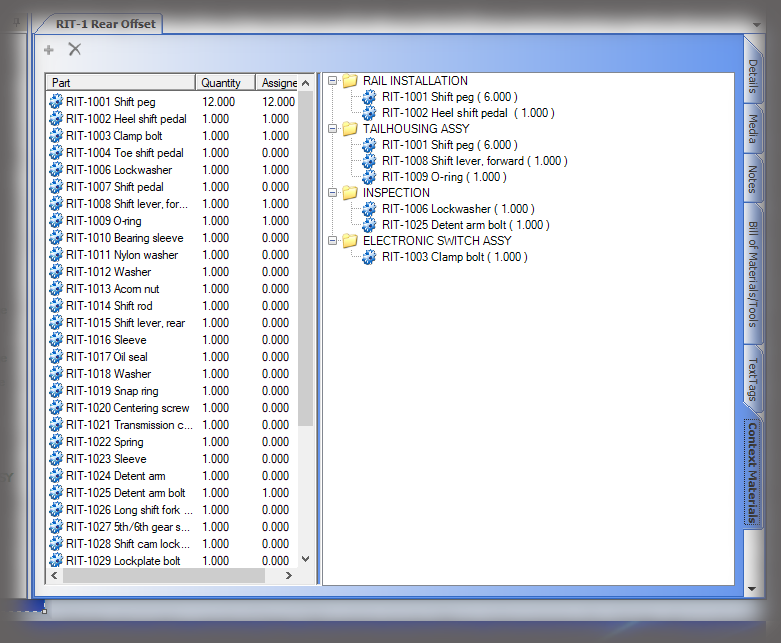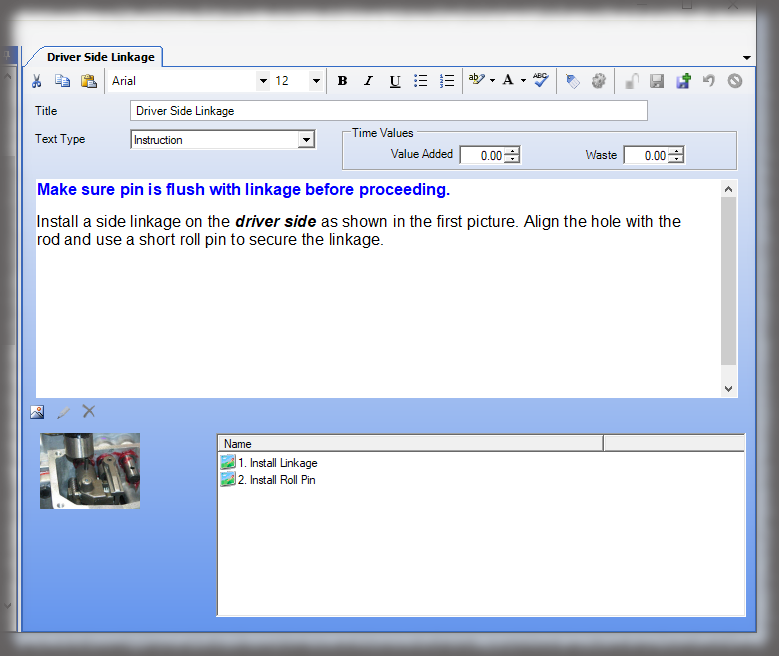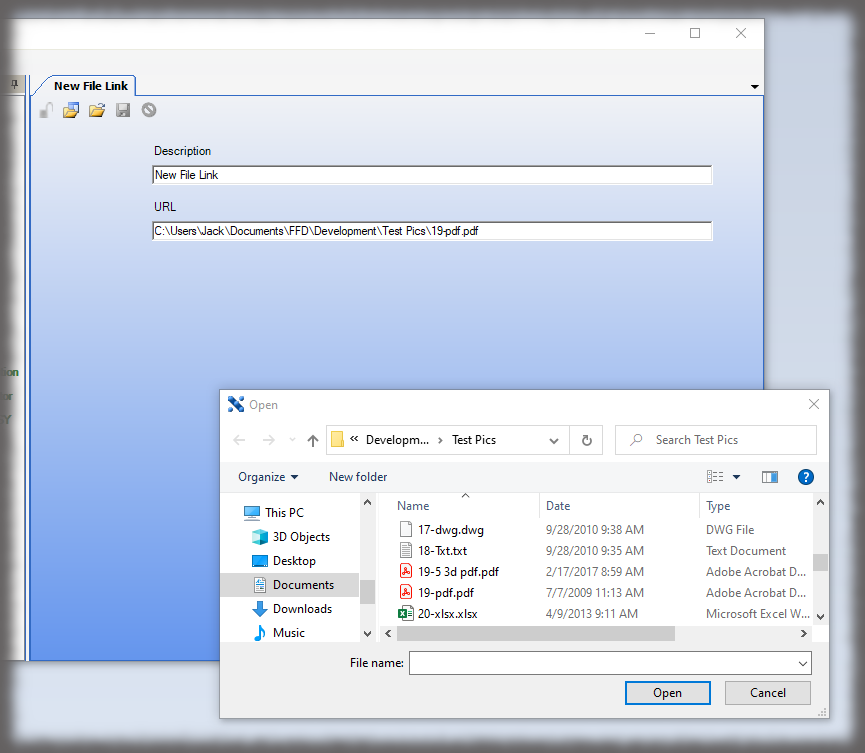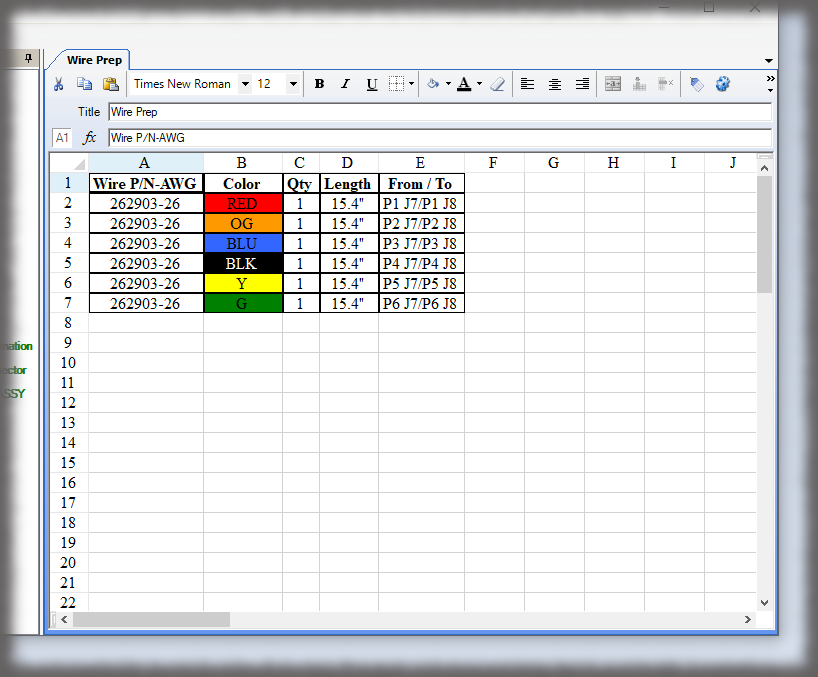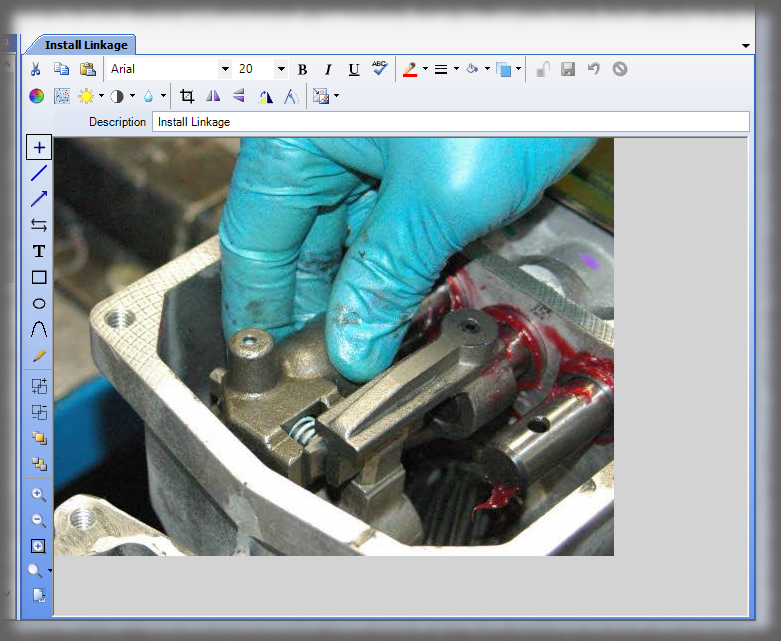The smart manufacturing revolution is upon us. Software platforms can now track data across the product design and production, and platforms trace parts and finished products through the entire supply chain in real time. But at many organizations, integrating the data from a PMS, ERP, and SCM software platforms, as well as any quality management, design, and customer management programs, seems a distant goal. Enter the digital thread. Digital threads provide a solution to connect all the data on your products and systems, helping you improve processes faster. Below, we explain exactly how digital threads, and their partners digital twins, benefit manufacturing, and exactly where work instructions come in.
What is a digital thread?
A digital thread is a communication framework that provides an integrated view of all data relating to a product throughout its lifecycle.
A digital thread tracks a single set of data as it weaves in and out of a company’s business processes, which might include multiple different digital platforms and applications. Ideally, the digital thread also follows a product’s lifecycle as it dips into the physical world, tracking the product components, equipment used to manufacture it, and the people interacting with these elements.
Typically, organizations establish a digital thread using a software solution that integrates their design programs, IoT platform, product lifecycle management platform, supply chain management data, and customer data platforms, or a smaller combination of these tools. At the least, a digital thread unites the design/engineering, manufacturing material data, and manufacturing process data.
What kind of data does the digital thread track in manufacturing?
Most often in manufacturing, the digital thread follows the product from design through engineering, manufacturing instructions, and supply chain management through to customer interactions and reviews. The types of data a digital thread might track include:
Digital Data
- Product design
- Engineering flow
- Manufacturing process and inspection data
- IoT data from products in use
- Supply chain and material tracking
- Customer ratings and reviews
Physical Data
- Parts and components (manufacturer, production run numbers)
- Manufacturing equipment used
- Work Instructions
- Production location and date
- Floor workers and QA signatures
- Data collection
Work instructions should be a data component of the digital thread, informing people throughout the organization how shop floor employees are interacting with products and how the product design affects manufacturing efficiency and quality.
What are the benefits of a digital thread?
A digital thread helps companies ensure that information flows both up and down the product lifecycle, instead of only from conception to purchase.
The most obvious example of a benefit comes in product recall or service history. Historically, if you discovered an issue with the airbags a vendor was manufacturing, you would need to recall all vehicles using that airbag manufactured during a particular time frame. The digital thread could help narrow that recall if by identifying the specific product run lines at issue, tracing them through the vehicles. It might even be able to identify issues with the airbag before the vehicles go up for sale.
However, the digital thread is not reserved for just the manufacturers performing high-volume or automated processes. Indeed, many products in defense, aero, and medical device sectors derive from low-volume, complex processes that must manage this digital thread.
Used correctly, the digital thread should benefit a company throughout the design and manufacturing process. Almost all companies struggle with communicating their data across teams and departments and using a digital thread could help them operate faster, with fewer bottlenecks and disruptions. A few specific benefits of a digital thread include:
Streamlined Design and Engineering: The digital thread can improve product design and get new products to the market faster if test product data could directly communicate with CAD. Customer review and warranty information could inform product improvements and directly inform new product innovation.
Improved Operations: By democratizing data, the digital thread ensures that all departments have the data they need at any given time, fostering collaboration and making data-informed real-time decisions the norm rather than the ideal.
More Efficient Manufacturing: The digital thread helps companies reduce scrap and prevent disruptions and downtime in the manufacturing process. It can also help foster productivity on the shop floor, both for workers and equipment, and ensure product quality by improving adherence to design specifications.
Increased Sales and Customer Satisfaction: Access to specific customer engagement and satisfaction data can help sales professionals up- or cross-sell or target new audiences. Linking specific feedback across the entire lifecycle can also help identify and resolve key issues, improving satisfaction.
What is the difference between a digital thread and a digital twin?
A digital twin is a virtual representation of a physical product or process, informed by real-time data, including the as-built and operational data.
In order to create a digital twin of your products and/or processes, you need to first create a digital thread that connects the information that you want to represent. True digital twins require using IoT devices and sensors throughout the manufacturing and supply chain process that can provide data that represents actions and processes in the physical world. A digital twin amasses the data from the digital thread to create a graphical view of the product or process.
Because they’re informed by real-time data, digital twins can help companies head off supply chain bottlenecks, perform predictive maintenance on manufacturing equipment, or identify long-term product failures. In manufacturing, a digital twin could allow you to understand the workflow of a production run on the shop floor while you are designing it. The digital twin allows you to identify waste in the system and find new efficiencies that speed up production time.
Creating multiple digital twins of your organization’s processes and products and connecting those twins through additional digital threads begins to weave what we call a digital fabric that can be transformational to business management.
How Electronic Work Instructions Fit into the Digital Thread
One of the connection points where the digital and physical worlds meet in the manufacturing process is through work instructions. A smart manufacturing floor represented in a digital twin can tell managers where floor workers could be more efficient, but without electronic work instructions, that process efficiency is dramatically delayed.
Work instruction software also allows shop floor workers to contribute data, identifying issues with the process or equipment and can suggest improvements immediately. Imagine your workers noticing a product issue and the engineering department having access to that information immediately. Work instruction software and the digital thread make it possible
Moving Towards Smart Manufacturing with Sequence Software
Digital innovations have transformed the manufacturing world in the last two decades. To keep their processes and supply systems competitive, manufacturers need to understand how to use the data at their fingertips to gain a clearer view of their products and processes. That requires a digital thread, and at least one strand in that thread is work instructions software which integrates and shares data with other systems.
Sequence Software makes at least the shop floor instruction shift to digital simple and easy. Our software is user-friendly and allows work instructions to be shared via pre-formatted PDF or in a real-time and interactive digital interface. If you are ready to reduce errors, improve efficiency, and save on costs, reach out to us today to find out more about our digital work instructions options. Give us a call at 866-863-7541 or request a demo online.


